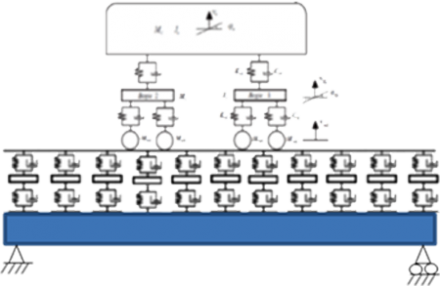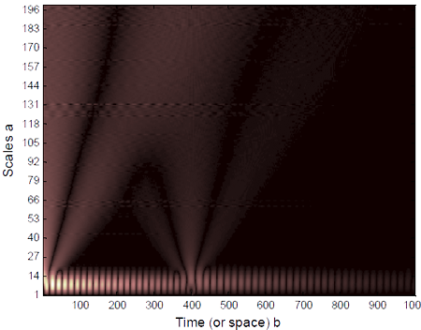Responsible SME – Adaptronica, Poland
The objective is to extend the Bridge WIM concept into the railway bridge market and use it to develop innovative damage detection systems for these bridges.
Task 3.1: Bridge WIM System for Railway Bridges
Bridge WIM concept is being extended to railway bridges. Alternative strategies for axle detection will be investigated such as low-grade piezo-electric sensors in the rail. The axle detection sensors will be combined with strain transducer measurements underneath the bridge to calculate the weights of passing trains. The level of dynamics in the train/bridge system will be investigated. Accordingly, a traditional (computationally faster) Bridge WIM system or a Moving Force Identification (dynamic) algorithm will be developed. This will be more sophisticated than that proposed in Task 1.1 as it will need to allow for the vehicle/bridge mass ratio which is much larger for railway bridges than for road bridges.
Task 3.2: Numerical Modelling and Combined SHM/Bridge WIM System

A 3-dimensional numerical model will be developed of the train, the rail, the track and sleeper, the ballast (if present) and the bridge. It will be validated and tested with field trials on a railway bridge in Poland, an then used to test candidate designs for combined SHM/Bridge WIM installations on typical bridges.
Task 3.3: Structural Health Monitoring of Railway Bridges
Targeted instrumentation, at the critical locations, enables the response of the bridge to be measured. Initiation of damage and/or damage evolution will be tracked from the maximum values of the measured responses. A Wavelet Transform will be used to improve damage detection.

The direct measurements on the bridge will be complemented using virtual measurements (see Task 2.1) inferred from the Bridge WIM system. The Bridge WIM sensors will be combined with other sensor measurements on bridges, including accelerometers and a high-speed, high-resolution camera, and tested for their effectiveness at detecting signs of bridge damage or deterioration.
Finally, the known weights of certain train locomotives will be tested as a damage detection strategy. If the Bridge WIM system goes out of calibration, i.e., if it calculates the wrong locomotive weight, it is an indication that something has changed on the bridge. This will be investigated to test sensitivity to temperature, other environmental effects and true damage.
News | |
|---|---|
|
Polish Workshop The Polish workshop took place on November 6 at the General Directorate of Polish Railways in Warsaw. |
09.11.2014 |
|
Installation, measurements and modelling of Nieporet bridge in Poland As a part of the development of an accurate and cost-effective method of weighing trains in motion for the project partner, Adaptronica from Poland, a typical steel truss bridge was instrumented. |
01.04.2013 |
|
Modelling of Nieporęt Bridge In order to identify the appropriate instrumentation strategy for the development of a rail Bridge-WIM system, a number of simulations were carried out. In this regard, a finite element model of the bridge was developed. |
13.12.2012 |